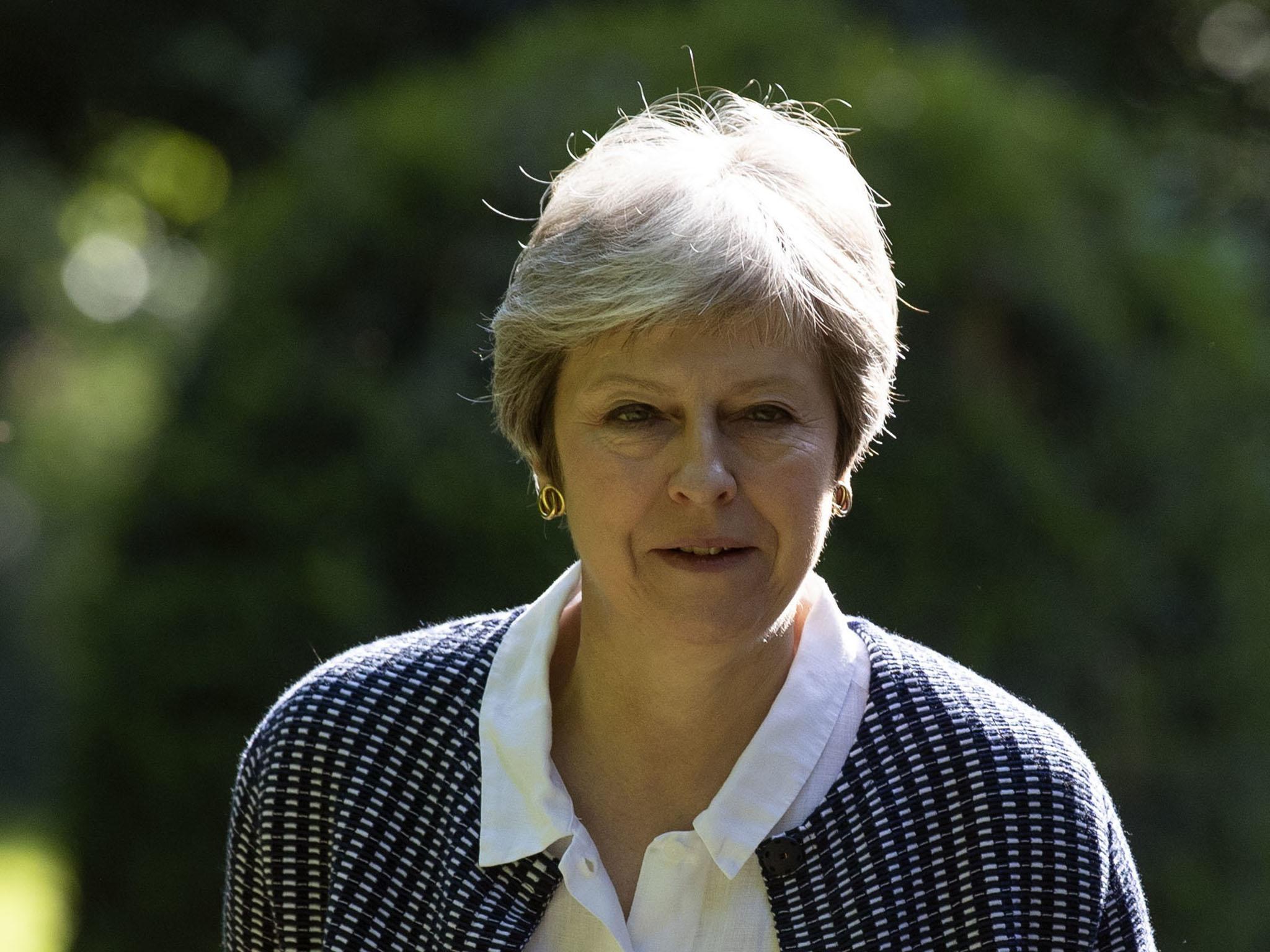Theresa May is being driven inexorably towards a medium-soft Brexit
The prime minister ought to accept the inevitable and start to put the national interest ahead of the needs of party management

For all that we may mock the prime minister for her inability to decide the government’s preferred type of Brexit, the range of likely outcomes of these negotiations is narrowing.
At one end of the bell curve of probabilities is the United Kingdom staying in the European Union after all. At the other end is the hardest of hard Brexits: the UK leaving the EU next year without an agreement – although even then it is to be hoped that some kind of rudimentary deal could be secured to keep the planes flying.
The Independent fears and hopes, respectively, that the likelihood of either of these two extreme outcomes is small. In between, however, lie a range of more likely options: varying degrees of soft or hard Brexit.
The significance of recent developments is that Theresa May is being pushed inexorably towards the softer end of the scale. Last week the cabinet agreed that, unless other arrangements can be made, the UK will continue to be treated as a member of the EU customs union for some time after the post-Brexit transition period ends in December 2020.
Responding to rumbles of discontent from the Eurosceptic wing of her party, she said yesterday that this “backstop” arrangement “will be in a very limited set of circumstances for a limited time”.
Oh no it won’t, came the response from the EU side of the negotiation, as we report today. The EU side point out that Ms May has already signed up to maintaining “full alignment” in respect of the Irish border “in the absence of agreed solutions”. That means the backstop of full alignment must continue until there are agreed solutions, which is not something that can be time-limited.
Michel Barnier, the EU negotiator, is well aware that he is not negotiating with Ms May alone. Not only does she have a divided cabinet to manage, but in the end the deal will have to be approved by the House of Commons. And Mr Barnier knows, as Ms May does, that the majority in the House is for what might be described as a medium soft Brexit.
This would not be the softest Brexit, which would mean staying in the single market as well as a customs union, a status even closer to the EU than Norway (which is in the single market but not a customs union). This is what the House of Lords voted for recently, but there is insufficient support for it in the Commons – Jeremy Corbyn is opposed to being a “rule taker” from the EU without being a rule maker.
The next best option, in The Independent’s view, would be for Britain to remain permanently in a customs union with the EU. That is the only way Ms May can both fulfil the terms of the backstop undertaking on the Irish border that she gave in December and secure a majority in the House of Commons.
She is likely to be driven there in the end. She ought to abandon her doomed attempt to craft a compromise, a customs “partnership” that would allow the UK to be half in and half out of the EU’s customs union – an option that Mr Barnier has already rejected. And she ought to tell her cabinet Eurosceptics that their dream of technology allowing frictionless trade outside a customs union will not work and will not get through parliament.
The longer she delays, the more time is wasted, and the greater the chance of a disastrous Brexit. The prime minister must, at last, put the national interest ahead of the needs of party management.
Join our commenting forum
Join thought-provoking conversations, follow other Independent readers and see their replies
Comments
Bookmark popover
Removed from bookmarks